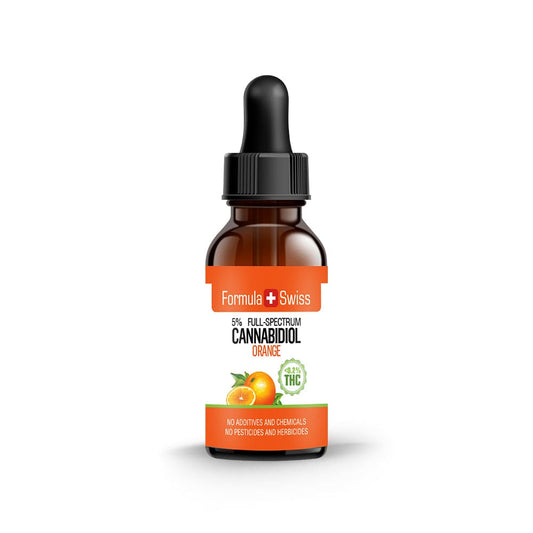Introduction to N-Arachidonoyldopamine (NADA)
When discussing the effects of drugs on the human body, it's essential to understand that our system naturally produces numerous substances closely related to those we colloquially term as 'drugs'. In the context of cannabis, these substances belong to the cannabinoid group.
THC, the most renowned psychoactive member of this group, induces a euphoric state in humans because it binds to the same receptors as our body's endocannabinoids.
Our body produces various cannabinoids, enabling it to experience sensations like pain relief or happiness when needed. These cannabinoids also play a significant role in controlling numerous immunological processes. While Anandamide is perhaps the most famous endocannabinoid, there are others, more exotic in nature, like N-Arachidonoyldopamine, commonly referred to as NADA.
Chemical Relationship with Dopamine
NADA is a unique cannabinoid, chemically speaking. It is synthesised in the body from the well-known hormone, dopamine. Current scientific understanding suggests two synthesis pathways for NADA. The majority is produced through a reaction between dopamine and arachidonic acid.
A smaller portion is also synthesised from the non-essential amino acid tyrosine, which primarily produces dopamine but also yields NADA as an intermediary product.
NADA's primary effect is on the CB1 receptors, where it acts as an agonist. It possesses an inhibition constant Ki of approximately 0.25, making it significantly more potent than THC. NADA is predominantly found in the cerebellum, hippocampus, and striatum. Due to its unique chemical structure, which includes a dopamine scaffold, NADA also affects TRPV1 receptors responsible for pain transmission.
Crucial Role in Pain Perception
In the central nervous system, NADA primarily governs noziception, the biochemical cascade that transmits pain signals from their origin to the brain. This signalling pathway involves activities at both cannabinoid receptors and TRPV1 receptors. NADA acts as a neurotransmitter, binding to these receptors through its agonistic action, and plays a role in determining the intensity of perceived pain.
A 2017 research study conducted at the Medical University in Halle (Saale) delved into NADA's role in pain signal transmission. The findings suggest that NADA could play a pivotal role in the development of future pain relief medications. Unlike current market-available painkillers, NADA offers a unique mechanism to regulate pain transmission.
Key Functions in Various Bodily Processes
NADA serves as a natural anti-inflammatory agent in the body. Its anti-inflammatory effects primarily arise from inhibiting PEG2 synthesis, a protein central to inflammation onset. Typical inflammation symptoms, such as redness or fever, are largely governed by this protein. Thus, NADA's ability to curb PEG2 production helps mitigate these inflammatory reactions.
Furthermore, NADA plays a role in regulating vascular tone. Blood vessels can either constrict or dilate and relax based on various influencing factors. This process is also controlled via CB1 receptors located on the vessel walls. NADA induces a relaxing effect on these vessels through its agonistic action on the CB1 receptor. Both mouse models and cell cultures have shown that NADA possesses neuroprotective properties.
Especially in the hippocampus, NADA can reduce the damage caused by oxidative stress on nerve cells through its agonistic action on the CB1 receptor. In immune cells, NADA plays a pivotal role in coordinating the immune factor TNF, a cytokine involved in immune reactions.
These examples underscore that cannabinoids do more than just induce a high. They play a central role in numerous immunological and chemical processes vital for our body's survival.






